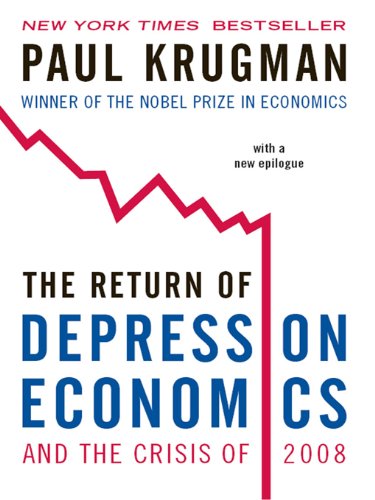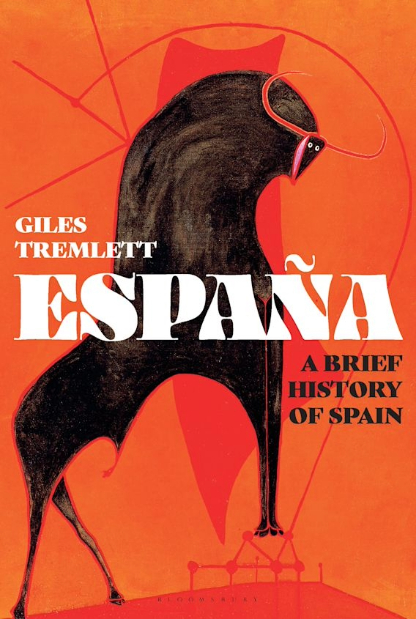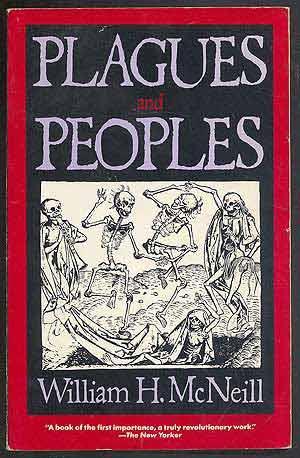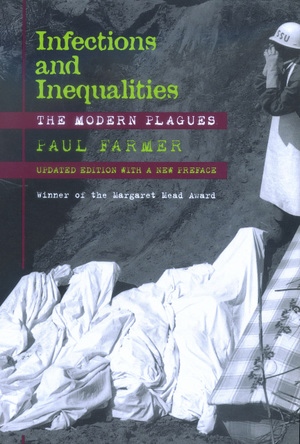Europe’s Last Chance: Why the European States Must Form a More Perfect Union, Guy Verhofstadt, Basic Books, 2017, pp.304, $36.50, ISBN 978-0-465-09685-5
Verhofstadt might have been the Prime Minister of Belgium for 9 years, crowning his long-time involvement in politics, but he is first and foremost European, as he does not hesitate to remind his digital followers. Indeed, #IamEuropean, as he likes to end his tweets. Now, a leader of the Alliance of Liberals and Democrats for Europe (ALDE) in the European Parliament and the Parliament’s Brexit emissary, Verhofstadt rails against governments contradicting supposed European values, fumes against the nationalists and defends his Europe. His Europe for “expediency, for survival, for profit” (p.33). In order to get there, Europe needs more Europe, not less. Verhofstadt’s bright vision requires a United States of Europe, as Churchill put it.
Published in January 2017, Verhofstadt’s book comes in the wake of preparations for the 2019 European Parliamentary Elections, and it is clear that Verhofstadt has his eyes set on the prize – the Commission Presidency. In 2004, his candidacy was vetoed by Tony Blair over opposing views on the EU Constitution, and in 2019, he might receive a firm no, this time from Emmanuel Macron.
Europe’s Last Chance reads like a pre-election book that could have been published by a candidate for the US Presidency. A manifesto-cum-autobiography, it portrays the author as having a grand vision to make Europe great again, while peppering the narrative with period episodes of his involvement in defining moments of the latter half of the 20th-century European history. He was there when the Berlin Wall fell, welcoming his ‘comrades’ into the arms of Western European Liberals; be it in a “dilapidated theater” (p.105) of Bucharest, where he was helping Radu-Anton Campeanu with office supplies, or after, in his return to civilization of Budapest (p.106), baptizing the many Hungarian liberals. Throughout the narrative, the message Verhofstadt wants to drive home is clear: the European Union needs more European Union, not less. Only then can the EU hope to be a partner in the US relationship. Indeed, the entire book faces West, looking upon the United States as an example of federalism to be emulated. While he fetishizes the Federalists under the “idealistic” (p.7) James Madison, one might add that a document largely produced for propaganda purposes is not truly representative of the ideals underpinning the formation of the federation. If we turn to the Secret Proceedings and Debates of the Convention assembled at Philadelphia in 1787, the same Madison grappled with the question of how to “protect the minority against the majority”. His intention was, of course, to protect the interests of propertied minority, for if given full democratic rights, the poor would organize and dispossess the wealthy. Madison thus wanted to organize the system so as to reduce democracy in order to allow for the asymmetric power relations. This would “protect the minority of the opulent against the majority”. One must always be weary of comparisons career bureaucrats make; they tend to reveal more about their true intentions.
Europe’s Last Chance reveals what bureaucratic dreams are made of. The book oozes with a misplaced emphasis on the structure of the EU. Verhofstadt’s false conflation of efficiency with effectiveness suggests that all of Europe’s ills are to be found in it not being supranational enough – in procedural terms. The implementation of pan-European policies will, Verhfostadt suggests, magically alleviate the dissatisfaction. What about the content of those policies? Could the content itself be misguided in the first place? Of this, Verhofstadt says nothing. In his analysis of the “Mass Grave of the Mediterranean” (p.117-130), he hints at the wrong-headed approach to European asylum and migration system, acknowledging the fact that restrictive asylum policies push refugees into the hands of the smugglers. But the link between the possibility of ‘federal’ policy and its being any different than the current one is missing. How does a procedure ensure a specific outcome? Be that as it may, Verhofstadt states that “Europe has a real need for these [lower-skilled] kind of workers” (p.129). Open the doors, a rallying cry is heard, let the lower-skilled brutes enter for we need them. What about improving their lot by offering subsidized education? Subsidized health care? Ensuring their social mobility by investing meaningfully in their well-being and development? Does Verhofstadt want to create a permanent class of subservient foreigners?
In what are perhaps the most disturbing parts of the book, namely, ‘The European Dwarf I’ and ‘The European Dwarf II’, Verhofstadt ventures into foreign relations. Verhofstadt suspiciously laments the demise of European military power. He states that “Europeans’ inability to project power has devastating consequences for the good we can inject into troubled corners of the world as well as for the very security of our citizens” (p.47). Europe did once project military power, and this had devastating consequences for the people that experienced it, the world over. Verhofstadt would fare much better by acknowledging the imperial past of many European nations and the uneasiness such projections might create among ex-colonies. Why would he openly advocate the return to militarism on a continent that went to war twice and dragged the entire world with it into slaughter? Verhofstadt focuses on two events which represent the decline of European military might. The Suez Crisis of 1956, which saw British and French governments collude with Israel to occupy Egypt in retaliation for the nationalization of the Suez Canal. He seems to bemoan the failure of a military excursion that violated international law and for which the aggressors were rightly admonished. While he blames the Egyptian state for its policy of expelling its Jewish community, he fails to acknowledge the role European military powers played in its creation. He then proceeds to admonish European countries for letting the United States interfere in the ‘European backyard’, that is the Balkans. In Verhofstad’s view, it was the European countries that should have bombarded Serbia; that should have bombarded bridges; hospitals; Chinese embassy. It should have been the European planes that dropped that faithful bombed in a residential neighborhood that killed Milica Rakic, a three-year-old girl, on a potty, in her apartment.
“In Syria, we made an equally great mistake by not intervening at all” (p.54), or “we abandoned our responsibilities after we had bombed Muammar Gaddafi to a standstill” (ibid.), or “at no time did it view the need for military intervention in Mali or the development of a strategy to combat the atrocities of Boko Haram or other jihadists as a global European problem requiring a global European approach” (p.56) – the world over, Europe as a continent failed to get involved in military conflicts and fuel the flames of hatred, putting not only the European soldiers in peril but also the local population. Verhofstadt laments that fact. Why is he so trigger happy? War is not about continental prestige. People suffer, infrastructure gets damaged, children’s education is interrupted, both society and the economy is left in ruins. He states that the Free Syrian Army should have been armed and that the lack of EU resolve in its support for the FSA is “explode[ing] in our faces” (p.58), but it is precisely the military conflict, with real guns and real casualties, that causes mass migrations in the first place.
Europe’s main cheerleader states that the “European States have been completely outclassed by their rivals” (p.63). Turning to Russia, he sees Putin as having played the EU, manipulated it through his masterful maneuvering. It is Putin who is rushing to arm the Russian Federation and deploy his forces around the world to illegally annex foreign territories and influence elections. Of course, the military occupation cannot be justified, but Verhofstadt should analyze what preceded these moves. In order to form a holistic picture of the current geopolitical field, one must turn to history. To the collapse of the Berlin Wall and to verbal agreements between Mikhail Gorbachev and NATO leaders to not expand NATO eastwards. This is but another example of the pitfalls of militarism Verhofstadt seems to covet so dearly. It sows distrust, suspicion and starts a race to the bottom that ends in disaster for all. Instead, Verhofstadt proposes the creation of a standing European army under a unified command, complaining about the fact that as of now, the twenty-eight member states spend ‘merely’ €250 billion on defense, as compared to €560 billion of the US. This prevents Europe from “expand[ing] military operations into conflict zones outside Europe” (p.252). The fact that “Europe is able to develop scarcely one-seventh the interventions of which the United States is capable” (p.253) appears to frustrate Verhofstadt. Instead of providing stability, his plans threaten it.
Whatever the problem, more EU is the answer. His United States of Europe would resemble the failed Brentano Constitution of 1952. USE (United States of Europe) would be composed of a parliament, a senate of member states and an executive council. The parliament would perform the traditional roles befitting such an institution, controlling the executive. Its members would be elected using transcontinental voting lists. Its decisions would be made in accordance with majoritarian rules, thereby abandoning unanimous consent. The President of the European government would appoint his executive team, composed of fewer than 28 members, and would rely on the support of the majority in the Parliament who installed them in the position. The role of the Senate would be confined to a revising legislative body and whose members would have a fixed membership. The members would be nominated by the national parliaments and would serve for the duration identical to the one of the European Parliament. This body would not have the power to initiate legislation, but would merely review its constitutionality and ensure that no state suffers disproportionately negative effects. Truly common and united policies would then flow from this body. How the EU would get there, we do not know. All we know is that “we will have to fight for it. We will have to forge it with all the strength we possess” (p.272). Hardly a blueprint for a major overhaul of an institution.
This is the crux of Verhofstadt’s vision for Europe; the creation of a functionally different organization that acts as a federal institution. However, this fails to address the question of how this set-up will ensure given policies Verhofstadt sees as necessary for the functioning of such a union. How will such a union ensure that nationalism, xenophobia, Islamophobia are not the norm? There are no predetermined policies inherent in an institutional set-up. This, alongside the unnecessary war-mongering, is the main pitfall of Verhofstadt’s vision.




